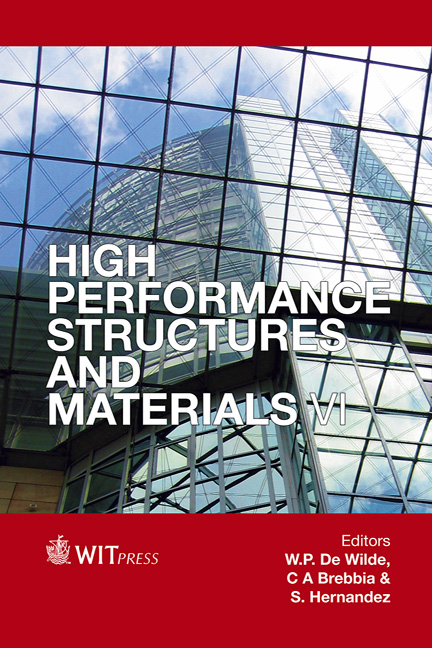An Application Of Taguchi’s Method To Robust Design Of Aircraft Structures
Price
Free (open access)
Transaction
Volume
124
Pages
10
Page Range
3 - 12
Published
2012
Size
820 kb
Paper DOI
10.2495/HPSM120011
Copyright
WIT Press
Author(s)
S. Hernández & J. Díaz
Abstract
The purpose of this work is to demonstrate the application of a robust design procedure to the design of aircraft structures. Taguchi’s method of robust design has been applied to obtain the most appropriate values of a set of control factors considering several noise factors. The goal is to maximize the robustness of the design and decrease the loss of quality. A description of the methodology is provided and an application example is solved, using a selected set of noise and control factors, to describe the suitability of this technique for structural design in problems where inaccuracies are present. The results show an improvement in the response of the components, maintaining a low dependence on input value variations and producing designs that increase the quality level and enhance the robustness. Other different sets can be defined, as the method is completely general. Keywords: robust design, Taguchi methods, aircraft structures. 1 Introduction Robust analysis improves the capabilities of uncertainty quantification techniques because considers a function representing robustness, which is optimized in the procedure. Structural problems in aerospace engineering take place in an environment where many parameters required for the mathematical formulation of the problem do not have precise numerical values and some degree of uncertainty or inaccuracy exists. A deterministic analysis may be unable to provide the amount of information required by designers and thus other approaches taking into account uncertainties are necessary. That circumstance also requires for designers to be aware about the variations on the performance of prototypes,
Keywords
robust design, Taguchi methods, aircraft structures.





